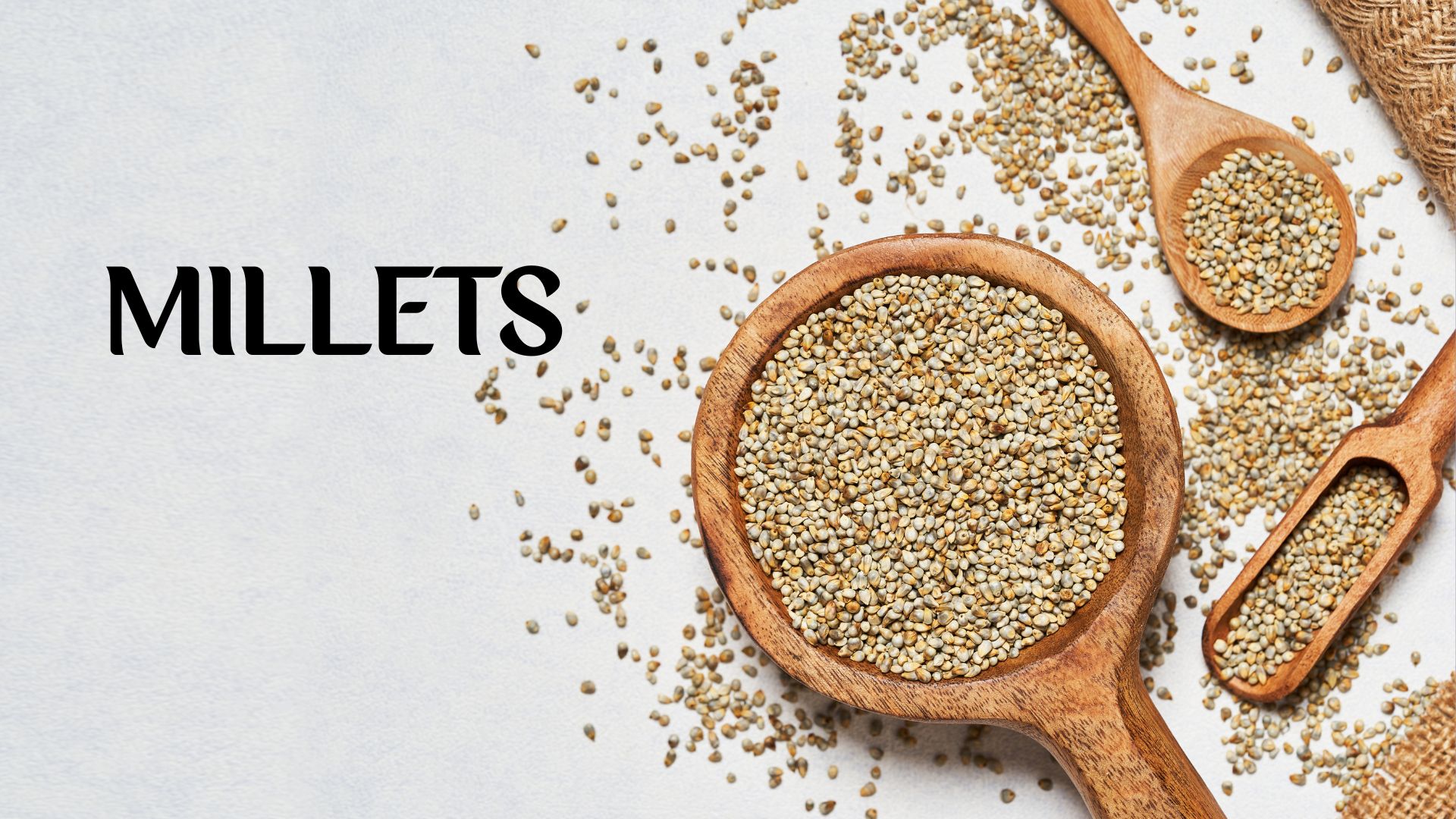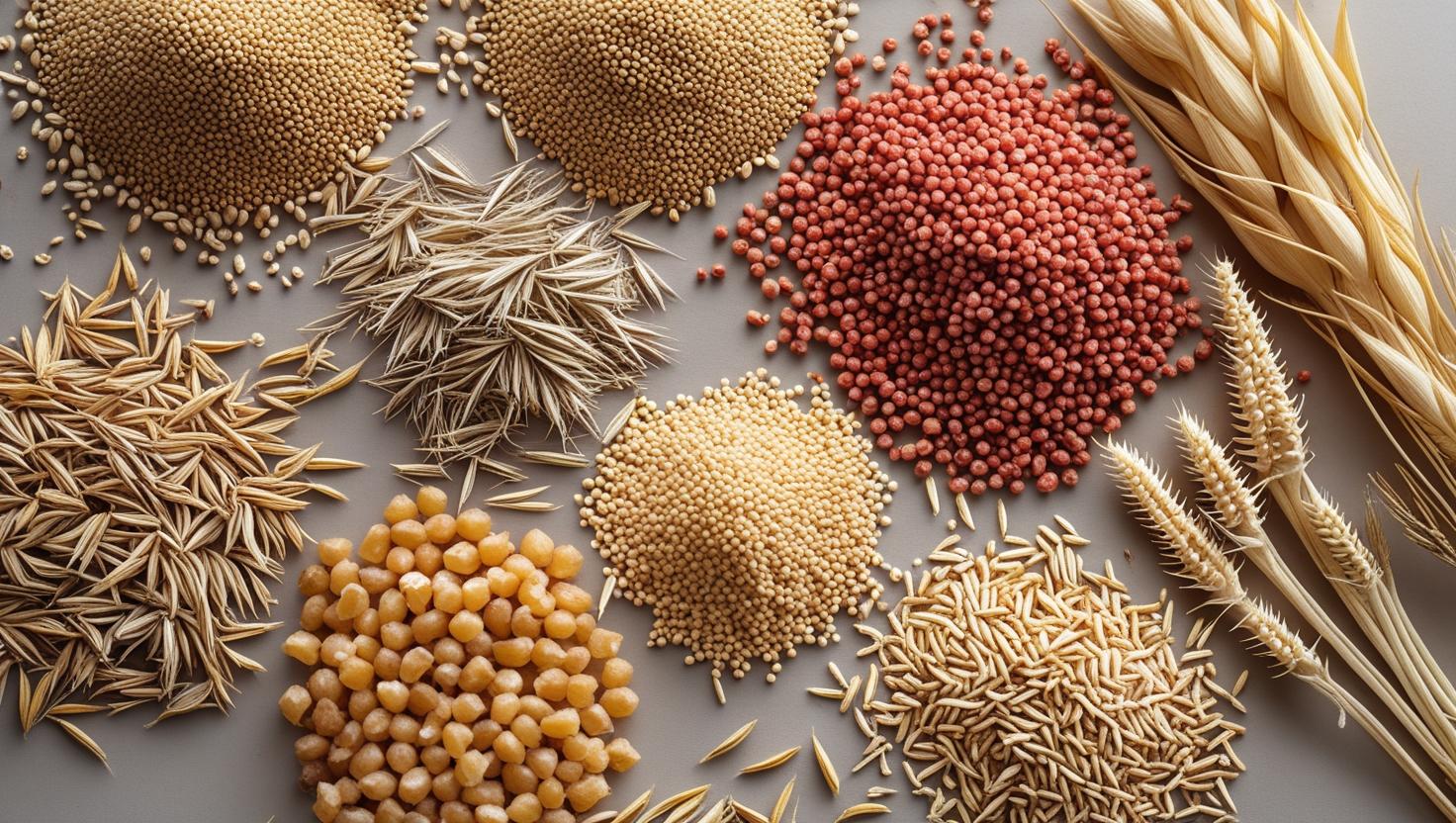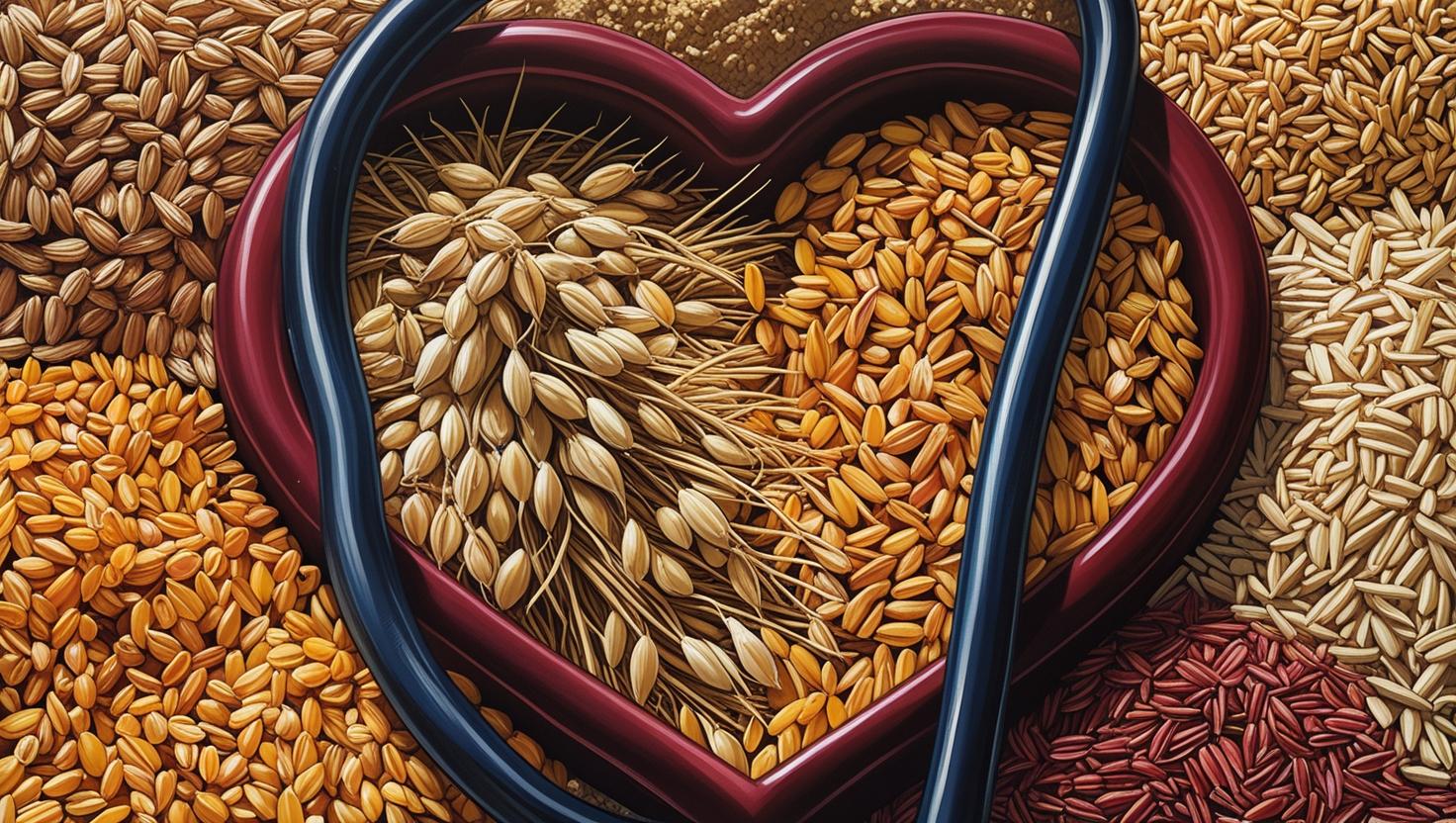
Millets: The Ancient Grains Making a Modern Comeback
For years, millets were seen as poor man’s food or old-school grains from your grandmother’s pantry. But they’re finally getting the spotlight they deserve—and for good reason. Millets are nutrient-dense, naturally gluten-free, and surprisingly versatile. Whether you’re trying to manage blood sugar, improve digestion, or simply eat cleaner, millets can quietly transform your plate and your health.
But like any powerful food, they work best when used wisely. Let’s explore what millets are, how they support different health goals, and what to keep in mind before making them your new staple.
What Are Millets?

Millets are small-seeded ancient grains that have been grown in India for thousands of years. They’re hardy, grow without needing chemical fertilizers, and are packed with fiber, minerals, and antioxidants. Some of the most popular varieties include:
- Ragi (finger millet)
- Jowar (sorghum)
- Bajra (pearl millet)
- Foxtail millet
- Kodo millet
- Little millet
- Barnyard millet
Each has a unique nutritional profile and works well in traditional and modern recipes alike—from rotis and dosas to upmas, porridge, and even millet-based desserts.
Why Millets Deserve a Place in Your Diet
Millets are more than just a wheat or rice alternative—they bring real functional benefits for specific health needs.
- Blood Sugar Balance (Diabetes & Prediabetes)
Millets are rich in fiber and have a lower glycemic index than polished rice or wheat. This means they release sugar slowly into the bloodstream, helping you avoid spikes and crashes. Especially for people with Type 2 Diabetes or insulin resistance, rotating millets like foxtail, little millet, or barnyard millet into daily meals can make a big difference. They help reduce cravings, improve satiety, and keep your energy steady. - Weight Management
Because millets are filling and fiber-rich, they naturally support weight loss or maintenance. They keep you fuller for longer, reduce the need for constant snacking, and improve digestion. Ragi and jowar especially support appetite control when eaten in well-portioned, balanced meals. - Gut Health & Digestion
Millets feed your gut in the best way—gently. The fiber in them helps with regular bowel movements and supports a healthy microbiome. Jowar is particularly helpful for managing bloating and constipation. Barnyard and kodo millet are light on the stomach and often tolerated well by those recovering from infections or gastritis. - Bone Strength (especially in women)
Ragi is one of the richest non-dairy sources of calcium and also provides magnesium and vitamin D precursors. That makes it excellent for growing children, menopausal women, and anyone with low bone density. It’s especially supportive during pregnancy or postmenopausal stages. - Heart Health
Millets contain potassium, magnesium, and antioxidants that help lower cholesterol and support heart function. When combined with good fats and fresh produce, they contribute to an anti-inflammatory, heart-friendly diet. - Gluten Sensitivity & Celiac Disease
Millets are naturally gluten-free, making them a great choice for those with gluten intolerance, sensitivity, or celiac disease. But they also benefit people without gluten issues who want to reduce inflammation, improve digestion, or explore more diverse grains.












What to Be Careful About
Millets are incredibly nutritious, but they aren’t magic. Like any powerful ingredient, they work best when used in balance.
- Don’t overdo it. Millets are high in fiber and certain antinutrients like phytic acid. Excessive intake—especially without soaking or cooking properly—can lead to bloating, heaviness, or interference with mineral absorption.
- Rotate, don’t repeat. Instead of eating the same millet daily, rotate between ragi, bajra, jowar, and others through the week. Each millet has a unique effect, and rotation prevents overexposure.
- Prepare them mindfully. Soaking millets for a few hours, fermenting batters, or cooking them thoroughly reduces their antinutrient content and improves digestion.
- Mind portion size. Just because a millet is healthier doesn’t mean you can have unlimited portions. Pair it with protein, fat, and fiber to make it a balanced meal and avoid blood sugar spikes.
- Watch for personal reactions. While rare, some people may feel gassy or heavy after eating certain millets. Start with small amounts and notice how your body responds.
Making Millets Work for You: Simple Everyday Ideas
Start small. Swap half your rice with foxtail millet for lunch. Try ragi dosas for breakfast instead of maida-based options. Replace wheat rotis with jowar or bajra rotis a few times a week. Use barnyard millet in khichdi when you want something light but nourishing. Make ragi porridge with almond milk for a comforting evening snack. There’s no need for dramatic overhauls—just slow, steady upgrades that feel good and taste familiar.
Final Thoughts: Ancient Grain, Modern Superpower
Millets are a beautiful example of how traditional foods can solve modern problems. They’re climate-resilient, locally grown, deeply nourishing, and remarkably versatile. Whether you’re managing a health condition, preventing one, or simply trying to feel more energetic and light, millets can quietly transform your meals from the inside out.
Food doesn’t have to be complicated to be healing. Sometimes, it just has to be smart, rooted, and eaten with awareness.
If you’d like help creating a millet-inclusive meal plan that works with your lifestyle and health goals, I’d love to support you on that journey.
